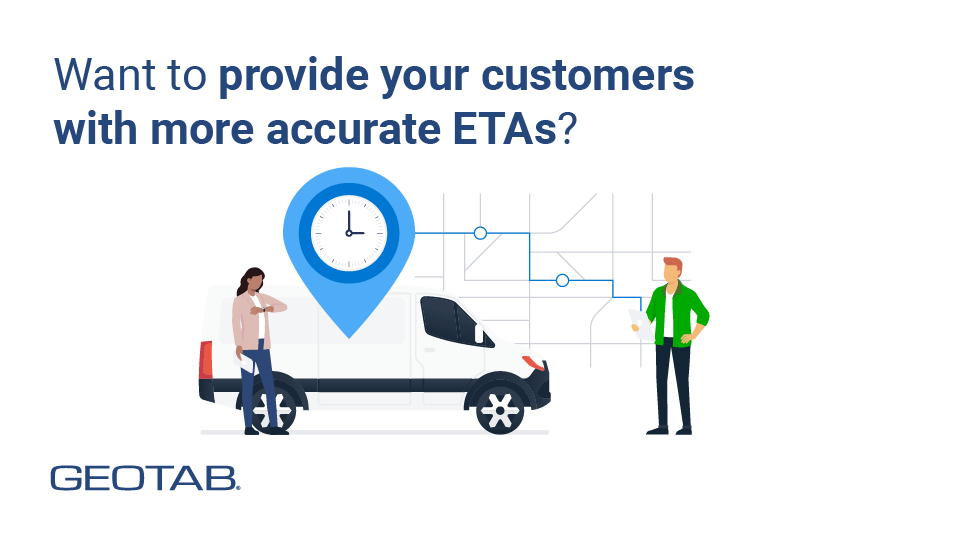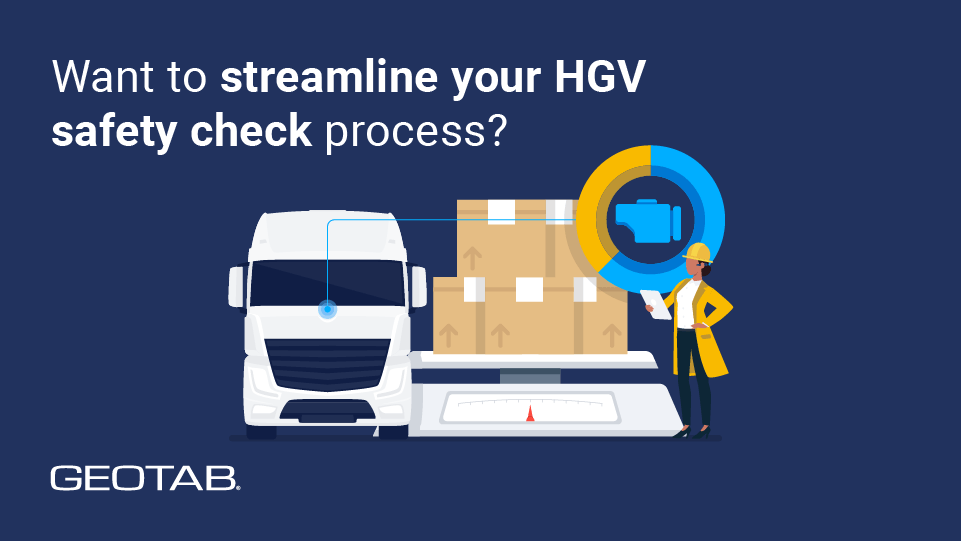What is a tyre pressure monitoring system and how does it work?
ABS (Anti-lock Braking System) improves vehicle safety by preventing wheel lock-up, enhancing control during braking, and maintaining stability.
October 21, 2024
•2 minute read

Key Insights
- A tyre pressure monitoring system, or TPMS for short, is a series of sensors that provides real-time warning to the driver when there is a drop in tyre pressure.
What is a tyre pressure monitoring system (TPMS)?
A tyre pressure monitoring system, or TPMS for short, is a series of sensors that provides real-time warning to the driver when there is a drop in tyre pressure. A warning light will show on the dashboard of the vehicle when there is a drop in pressure of between 6 and 7 PSI. Some vehicle manufacturers have more sensitive settings, to alert the driver to smaller decreases in tyre pressure.
How does a TPMS work?
There are two types of tyre pressure monitoring systems, that work a little differently:
Direct Tire Pressure Monitoring System (Direct TPMS)
A direct system has air pressure sensors in the valve of each tyre. These sensors monitor the internal tyre pressure and temperature, and transmit that information wirelessly to the in-vehicle system. The system creates an instant dashboard warning when the pressure drops by a determined amount, which is generally 6-7 PSI below the stored tyre pressure.
Indirect Tire Pressure Monitoring System (Indirect TPMS)
An indirect system uses the anti-lock braking system (ABS) wheel speed sensors to detect a loss in pressure in one of the tyres by measuring the relative wheel speed and comparing this reading between all four tyres. When a tyre becomes under-inflated, it will have a smaller diameter and will therefore rotate faster than the other tyres. In this instance, a dashboard warning light alert will turn on.
The importance of operating vehicles with correct tyre pressures
Fleet operators and managers have a duty of care to their drivers and must ensure they’re provided with a safe working environment. They must provide safe and roadworthy vehicles, which includes ensuring that tyre pressures are continually monitored and maintained. It is also an important metric to control to reduce fuel and maintenance costs.
Road safety
The number one reason for ensuring your fleet vehicles’ tyres are always at the correct pressure is to protect the safety of your drivers and other road users. In 2017, the Department for Transport assigned 14 fatal accidents and 115 serious accidents where ‘illegal, defective or under inflated’ tyres were recorded as a contributory factor in the collision.
Under-inflated tyres can cause a number of issues that can lead to accidents:
- Blowouts - under-inflated tyres can generate excess heat, especially when carrying a heavy load or driving long distances, which can cause the tyre to rapidly lose pressure, otherwise known as to suffer a blowout. Blowouts can destabilise the vehicle and cause a serious loss of control.
- Increased braking distance - under-inflated tyres can reduce the amount of traction and grip available to your vehicle, causing it to take longer to come to a complete stop.
- Reduced control - Under-inflated tyres can reduce steering precision and cornering stability, making it more difficult to control during sudden manoeuvres or when cornering.
Fuel efficiency
Driving with under-inflated tyres increases their rolling resistance, making the engine (or battery) work harder to move the vehicle. This can reduce fuel (or electrical energy) efficiency, and therefore increase fleet fuel costs. For every 10 psi of under-inflation, a 10% reduction in fuel economy can result.
Tyre longevity
Consistently driving with under-inflated tyres can cause them to suffer irregular wear, and to lose their tread faster. Underinflated tyres will wear out faster than when they are correctly inflated, increasing fleet maintenance costs.
How to ensure your drivers are maintaining optimal tyre pressures
Historically, fleet managers relied on their drivers to accurately perform their vehicle walkaround checks, and to respond to a TPMS dashboard warning light in a timely manner. Vehicle spot checks would encourage drivers’ compliance with the tyre maintenance policy. However, this system can allow drivers to ignore a TPMS warning light until it’s more convenient to them, or not to recognise when a tyre is consistently losing pressure.
The Geotab Marketplace offers a number of trusted TPMS providers that can integrate with the MyGeotab fleet management platform. This allows operators to monitor the entire fleet’s tyre pressure and temperature data remotely through MyGeotab, and to set up instant notifications when a vehicle’s TPMS warning light comes on. With this integration, fleets can take proactive action to rectify tyre health before it causes downtime, damage, or increased costs.
Want to ensure the integrity and safety of your fleet's tyres?
Learn how simple it is to remotely monitor tyre pressures across your entire fleet
with MyGeotab and an integrated TPMS
Other Stories

A Guide to the Estimated Time of Arrival (ETA)
October 7, 2024
2 minute read

October 7, 2024
3 minute read

Guide to digital tachograph cards
October 7, 2024
3 minute read
